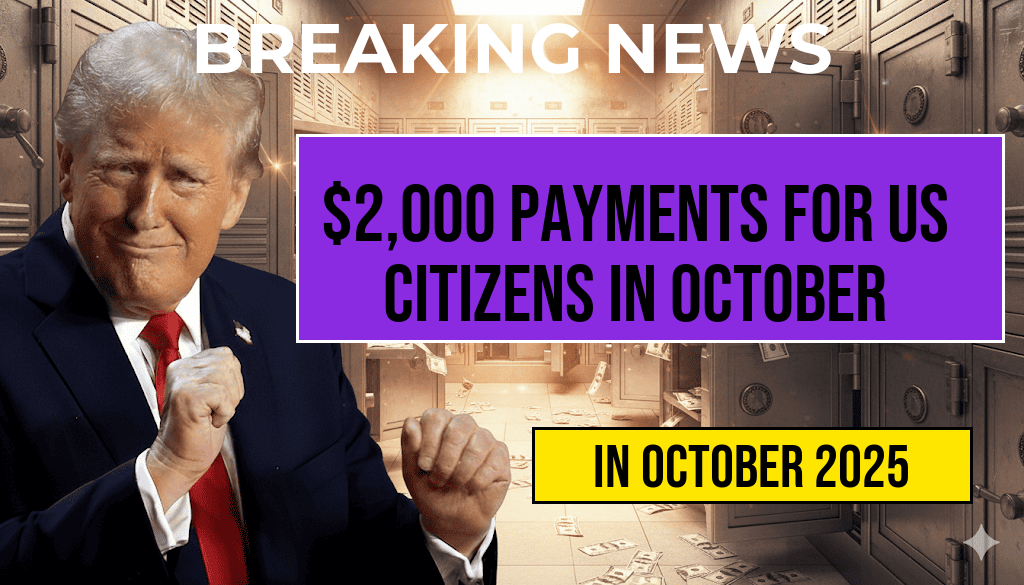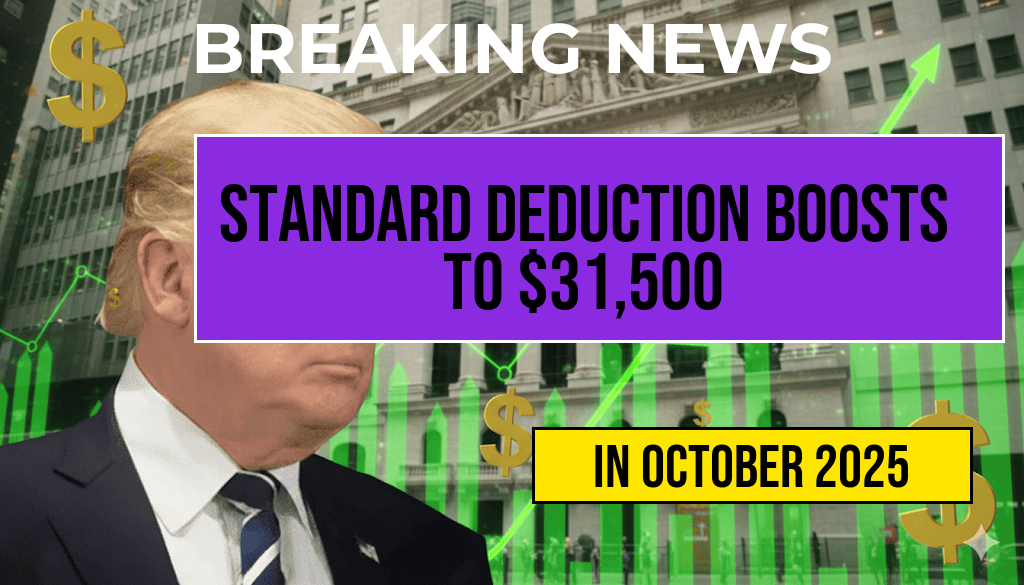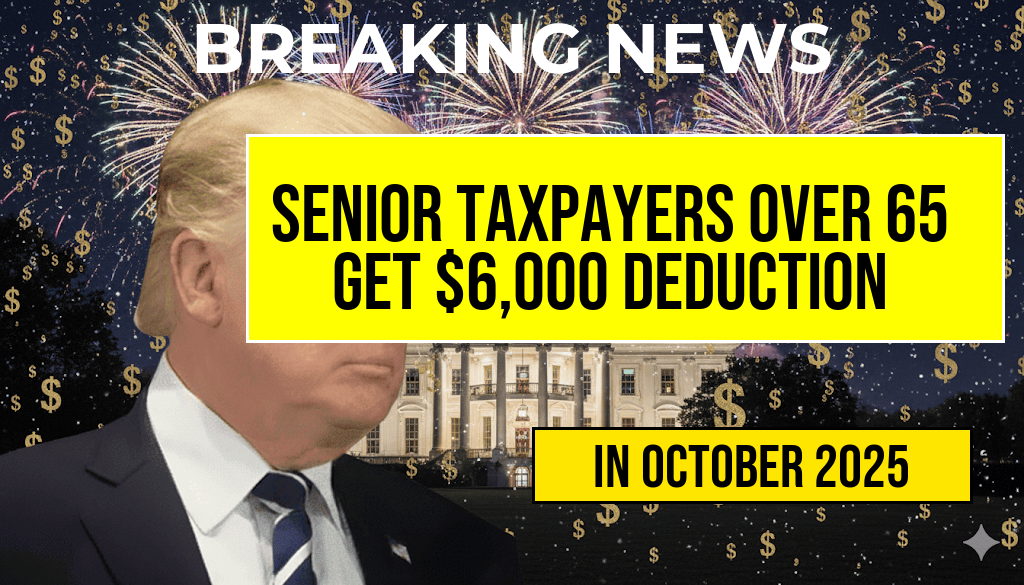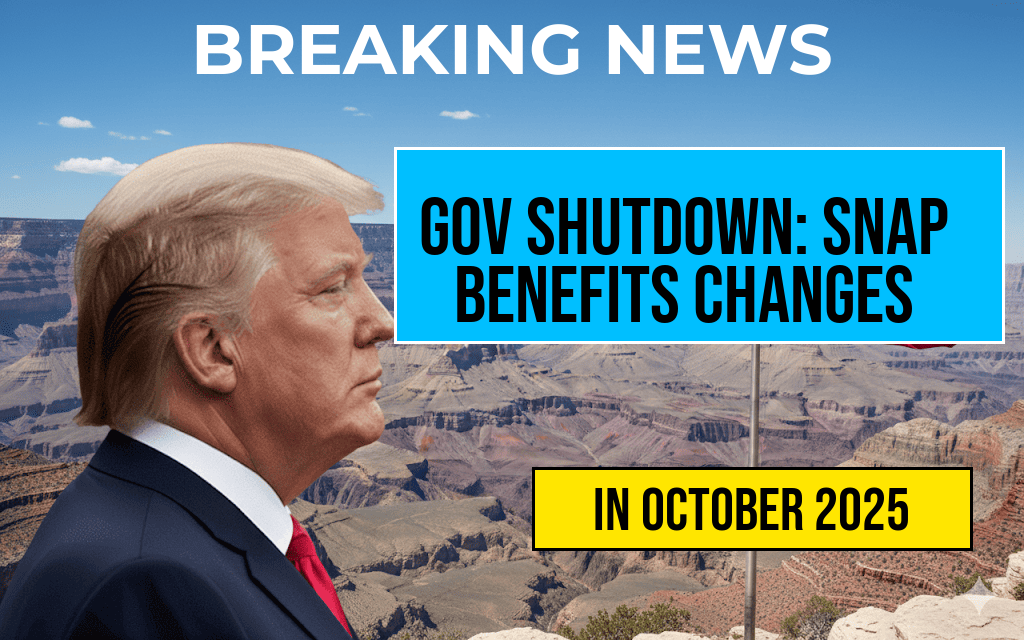California has announced a significant initiative aimed at providing financial relief to millions of residents. Starting this month, over 11.5 million households across the state will receive direct payments of up to $250 as part of a new electric credit program. The payments, designed to ease the financial burden associated with rising energy costs, require minimal action from residents—most will receive the funds automatically through existing state programs. This move underscores California’s ongoing efforts to promote energy affordability and support low- and moderate-income households amid ongoing economic challenges.
Details of the Electric Credit Program
The California Department of Housing and Community Development (HCD) announced the rollout of the program, which aims to provide targeted financial assistance to households most impacted by energy expenses. The initiative is part of the state’s broader strategy to enhance energy equity and address climate change by encouraging cleaner energy use.
Who Qualifies for the Payments?
- Households enrolled in specific assistance programs such as the California Alternate Rates for Energy (CARE) and Family Electric Rate Assistance (FERA).
- Residents with income levels at or below 80% of the area median income (AMI), as determined by federal guidelines.
- Individuals living in energy burdened communities identified through state criteria.
Most qualifying households will receive the payment automatically, with no need to submit additional applications. The California Public Utilities Commission (CPUC) estimates that approximately 11.5 million households will benefit from this initiative, representing nearly 80% of residential utility customers statewide.
How Will the Payments Be Distributed?
Automatic Disbursements
For the majority of recipients, the up to $250 will be credited directly to their utility accounts or issued as a paper check, depending on the household’s preferred method of payment. The process is streamlined to ensure swift delivery, with most residents seeing the benefit reflected in their upcoming bills or bank statements.
Additional Support for Hardship Cases
Households facing severe energy hardship can also access supplementary assistance, including extended payment plans or additional credits through existing programs. The state encourages residents to contact their utility providers or visit California Public Utilities Commission for guidance and support options.
Funding and Budget Considerations
| Source | Amount Allocated | Purpose |
|---|---|---|
| California State Budget | $1.2 billion | Electric credit payments and program administration |
| Federal COVID-19 Relief Funds | $300 million | Additional assistance for vulnerable households |
| Utility Cost Recovery | Included in utility rates | Operational expenses and outreach |
The program is funded through a combination of state budget allocations and federal COVID-19 relief funds, aiming to maximize reach and impact without increasing overall utility rates for consumers.
Impact and Policy Context
This initiative aligns with California’s ambitious climate policies, including the goal to achieve 100% clean electricity by 2045. By reducing energy costs for vulnerable populations, the state hopes to incentivize greater adoption of renewable energy sources and energy-efficient appliances. Experts note that direct financial assistance can also help mitigate energy poverty, which disproportionately affects low-income households and communities of color.
Community Response and Future Outlook
Community organizations and advocacy groups have welcomed the announcement, emphasizing the importance of straightforward aid that reaches residents quickly. “This kind of targeted support can make a real difference in families’ budgets,” says Maria Lopez, director of California Energy Justice. “It’s a step forward in making energy affordability a priority for everyone.”
State officials have indicated that this program could serve as a model for future efforts to address energy equity and affordability. As California continues to lead in clean energy initiatives, policymakers are exploring additional measures to support residents through economic and environmental transitions.
Residents seeking more information or assistance can visit the California official website or contact their local utility provider. With minimal effort required to receive these credits, the program represents a tangible step toward easing financial strain during a period of economic uncertainty.
Frequently Asked Questions
What is the purpose of California’s direct payments to households?
The direct payments aim to provide electric credits to help households manage energy costs and promote energy efficiency across the state.
How much will eligible households receive in the payment?
Eligible households can receive up to $250 in electric credits, with the average payment expected to be significant for over 11.5 million households.
Do households need to take any action to receive the payment?
No, minimal action is required from eligible households, as the payments are being distributed automatically based on existing eligibility criteria.
Who qualifies for the electric credits in this program?
Qualifying households are typically those enrolled in certain energy assistance programs or meeting specific income criteria, ensuring aid reaches low- and moderate-income families.
When will the payments be distributed?
The payments are scheduled to be distributed in the upcoming months, with detailed timelines communicated by California authorities to ensure timely delivery.







